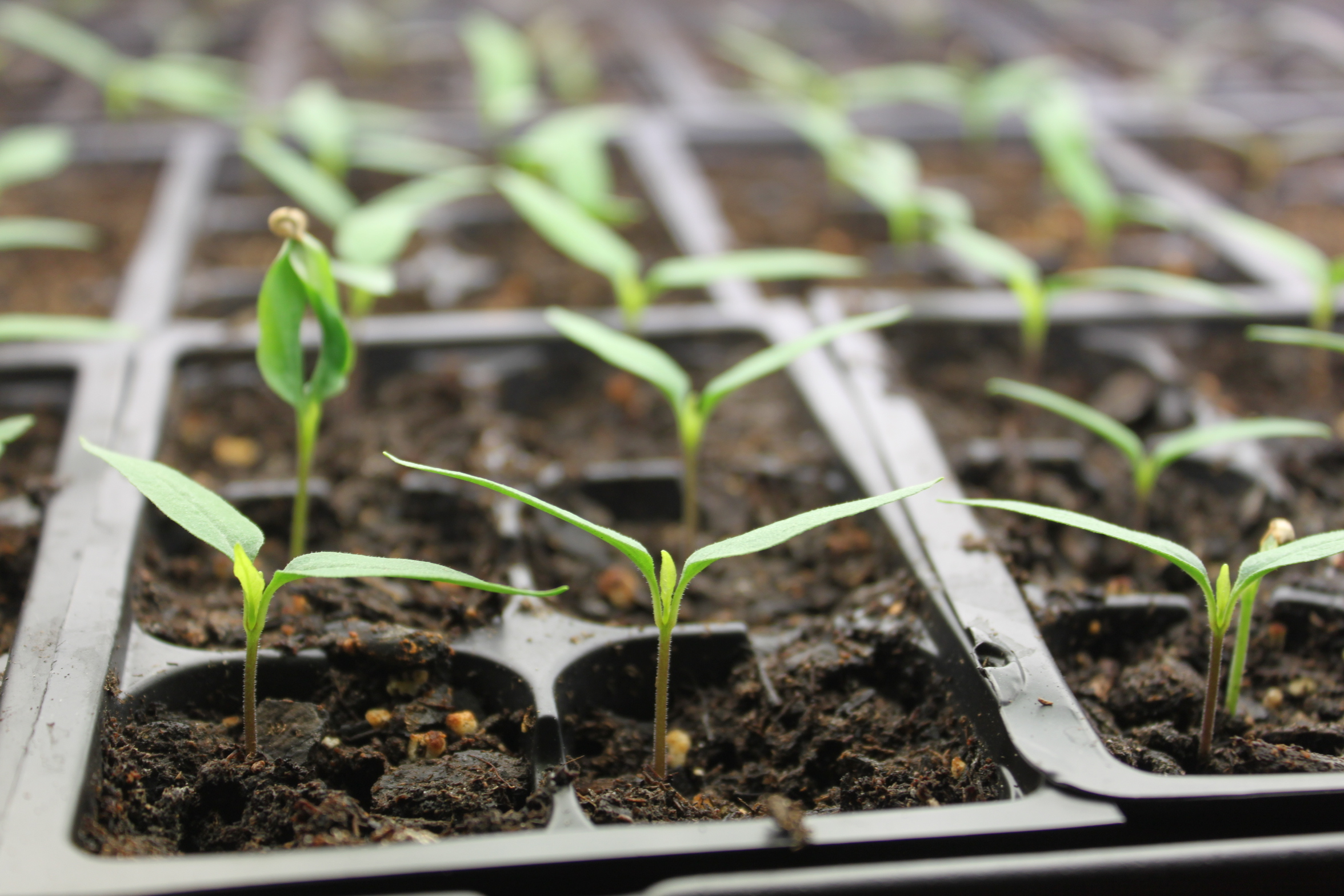

According to recent studies on the social and economic status of home gardeners in the U.S., most are not gardening these days out of necessity. Many wielding the hoe in their own backyards are well to do, and many of them also work full-time jobs, showing that gardening is something they choose to spend their precious free time on.
And if gardening is your personal pastime, you want to do it right. And no matter how much-enriched soil, sufficient sunlight and water, the best gardening tools, and top-of-the-line fertilizers and insecticides may help, high-quality seeds should be your number one concern.


Here are (arguably) your top ten seeds, provided by collections, that you should consider planting in the upcoming gardening season:
Why are tomatoes among the most popular of all garden vegetables (technically fruits but we forego that debate for now)? Two reasons: big savings and much juicier, fresher, higher quality results than at the supermarket. Store-bought tomatoes are literally a different breed (variety), bred to keep long and ship well, not to taste delicious.
Peppers are extraordinarily expensive in the store these days, and yet, they are an indispensable part of anyone’s diet. Growing sweet peppers will particularly save you money, and red, orange, yellow, or purple peppers will save you more than green. Growing hot peppers is more for recreation, as many varieties are not that expensive, but the experience is well worth it. And you can have the pride in having grown all ingredients in your homemade spicy salsa in your own garden!
Fresh spinach is immeasurably superior to canned, no matter what you may have been taught in those old Popeye the Sailor Man episodes. Canned spinach gets “slimy” in the opinion of many. Spinach is easy to grow, regrows after cutting, and can be planted twice a year (early spring and late summer). It is also highly nutritious, and some varieties (Teton, for example) freeze well.
Many may not agree with including artichokes on “the list”, but anyone who has developed a taste for fresh, well prepared artichoke hearts will agree. These take some effort to grow and a little attention to soil conditions, but they are an unbeatable summer treat!
This feathery green herb is useful for much more than just pickling cucumbers (though don’t neglect that aspect either!). It’s also a great addition to soups and salads. Especially try dill with ranch dressing topped salads. And also consider spinach-dill pilaf, beets topped with dill, and dill on top of chilled yogurt.
Cilantro has long been a staple in Mexico, and it is becoming one also among Americans who’ve gotten accustomed to authentic Mexican cuisine. Fresh cilantro is the only way to go: dried is not in the same category.
What fresh cilantro is to Mexican food, basil is to Italian dishes. Grow an indoor herb garden year-round, and occasionally snip off fresh basil leaves to toss on your spaghetti. If you ever stop the practice, you’ll feel like something’s missing.
Besides their bright, cheery colors, marigolds are a must-have in and around your vegetable garden because they repel nematodes, beetles, and other pests that would love to feast on the fruits of your labor.
Sunflowers are fun, colorful, easy to grow, and give you edible, healthy seeds to consume. Alternatively, you can watch the birds consume if you like birdwatching. And vine vegetables can use the tall sunflower stems for support.
These attractive trumpet-shaped flowers that open at 4pm and all evening also attract butterflies and hummingbirds. Thus, they “doubly beautify” your garden.
Consider these seed suggestions before creating your garden paradise and enjoy the fruits of your labor.